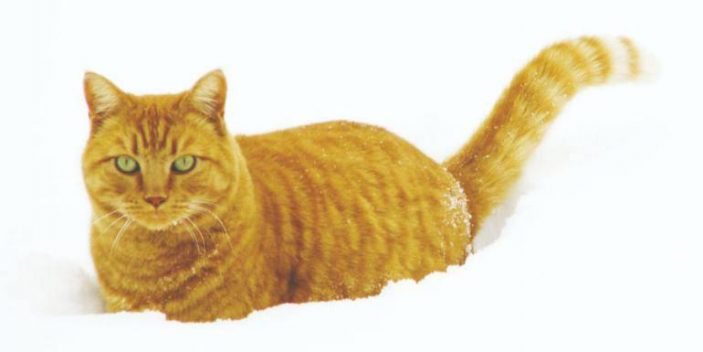Methionine (Met or M) is one of the sulfur-containing neutral essential amino acids required by not only human beings but also by cats, dogs, and other animals. Others that contain sulfur are cysteine, homocysteine, and taurine.
Structurally, methionine has two isomers, the D-Met, and L-Met (the naturally occurring form) while DL-Met is a racemic mixture of the two forms (mainly done in equal amounts).
Since animals can only utilize the L-some, once absorbed the D-isomer must be converted to L-Met before it can be used in performing various functions we are going to look at.
Additionally, it is gluconeogenic meaning it can undergo metabolic pathways that result in the production of glucose.

Its sources include some foods where it naturally occurs, or you can go for its supplement. There is also the DL-Methionine for cats which is a prescription medication we will look at separately.
Finally, being neutral, its absorption occurs at the jejunum with the help of a neutral amino acid transporter while reabsorption in blood happens in the kidney’s proximal tubule.
Methionine sources
Methionine rich foods include eggs, pork, turkey, fish (tuna and salmon), lobsters, cheese, shellfish, lamb, beef, nuts, beans, dairy, among others.
Requirement
AAFCO (2014) recommends a minimum of 0.62% based on their dry matter for growth and reproduction while for adult maintenance, the amount required is 0.20%. However, there is a maximum requirement which should not be more than 1.5%.
Based on metabolizable energy, the minimum amounts required are for growth and reproduction is 1.55g while for adult maintenance the minimum required amount is 0.5g. Finally, the maximum amount given to these pets should not be more than 3.75g.
This amount can meet the dietary requirement for cystine. We will see more while looking at methionine-cystine together.
Functions
- It is a building block for proteins that are required for normal growth and development. Its sulfur-containing side chain is essential in ensuring secondary and tertiary structures of proteins are stable.
- It is a substrate or precursor for cysteine, i.e., it is first converted to homocysteine then cysteine. Cysteine can also be converted to taurine. In fact, about 50% of the amount consumed is used for cysteine production.
- It is part of the “coenzyme S-adenosyl methionine, which influences and regulates the activity of a number of enzymatic and cellular replication processes,” notes WikiVet.
- Like other sulfur-containing amino acids, it can donate the methyl group to vitamins, hormones, or other amino acids.
- It forms part of keratin which is necessary for healthy hair, nails, and skin as well as in eye and heart health. [1]
- It is a selenium
Deficiency symptoms
Together with cysteine, they are the two most scarce amino acids in protein diets (they are the limiting nutrients) and most commercial cat foods have them added.
Also, although some natural food sources may have the required dietary proteins, diets whose protein digestibility is poor may lead to deficiencies.
Some of the deficiency symptoms noted in kittens include weight loss, abnormal eye secretions, and lethargy.
Still in kittens, even with enough amounts of cysteine supplemented, a deficiency in methionine still resulted in clinical signs such as severe lesions on their footpads and around their mouths.
Supplements
As already mentioned, it is naturally present in some food. Also, most commercial diets have it supplemented to ensure it meets the required amount and improve palatability (since cats have a tooth for it).
Unless there is a deficiency, supplementation may not be necessary for cats or dogs. Only do so if your veterinarian advises you to do so.
Finally, there are various brands with this supplement including Source Naturals L-Methionine Powder but should not be confused with the DL-Methionine used medicinally.
Toxicity
In kitten, there is a reduced weight gain in kittens fed up to 10 times the required amount. This is the only clinical sign.
Excess amounts in adult cats resulted in “severe hemolytic anemia with a marked increase of methemoglobin (MetHb) concentration and Heinz-body formation.”[2]
